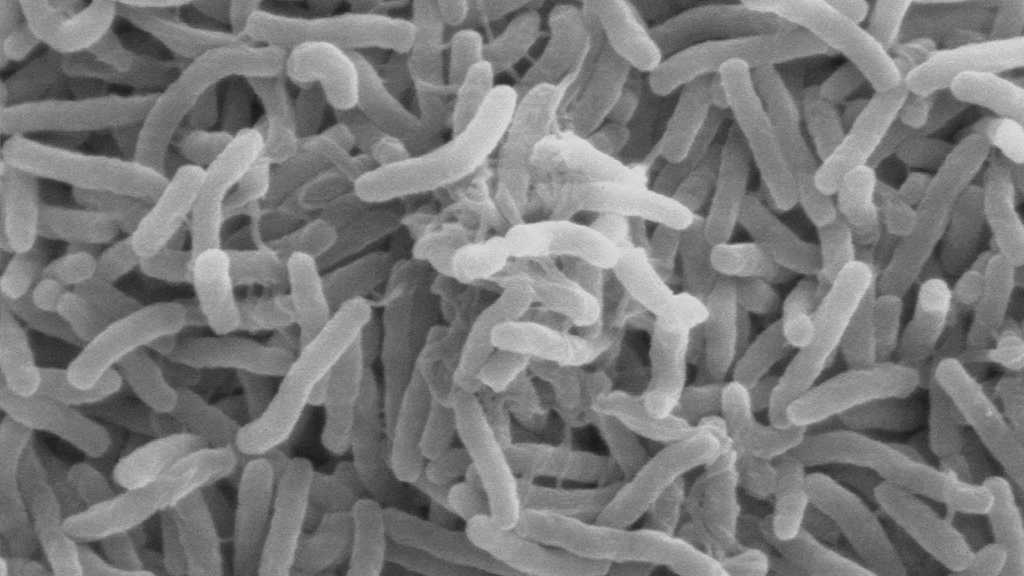Abstract
This four-part interrupted case on phage therapy was developed for a freshmen non-majors course in molecular biology. The case begins with a story inspired by real events where Europeans imposed a treatment for cholera on the unwilling population of an Indian village in the 1920s. Students are introduced to treatments for bacterial infection and discuss the appropriateness of imposing a medical treatment on a population. They also learn about the anatomy and life cycle of bacteriophages, evaluate the risks associated with using live agents as treatments, and compare the relative advantages and disadvantages associated with antibiotics and phage therapy. The case would be appropriate for use in non-majors courses in biology, microbiology, bioethics, or public health. Suggestions for modifying the case for biology majors are provided in the teaching notes.



